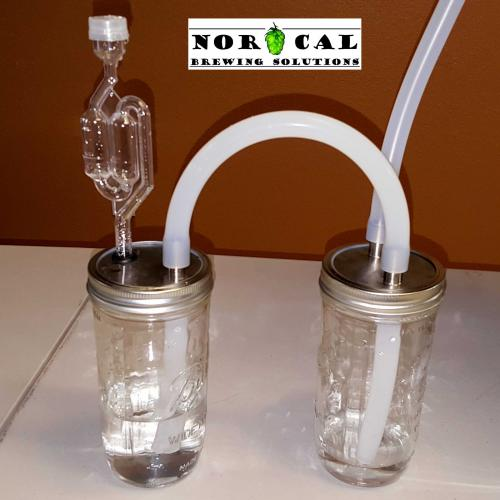I've been brewing for about 15 years now, and while many have mastered to a higher level the craft than I have in shorter time, still I struggle to keep from making mistakes. Some I should be aware of, but others maybe not so much. The fault lies mainly with myself, being a "Jack of all, Master of none" type, and not helping the situation by poor record keeping.
I kegged a Pilsener today and came up short on the FG, only to be reminded that a diacetyl rest is recommended for these types of beers. Hand to forehead, but then I've only lagered once before, IIRC, so can't kick myself too hard. The frustrating part is that I consulted two well respected books before brewing the Pils and neither mentioned this rest, so I wasn't completely slacking when approaching a new style for me.
Looking briefly for "brewing mistakes" on this forum and on the web, I find many of the beginner brewing mistakes listed. I can say I don't have to worry about those since I'm at least that good, but a list of mistakes of one bordering on advanced brewing would be nice.
Any recommendations where I might find one, or more? I'd like to nip some of these issues in the bud.
Edit: I'm not saying that missing the diacetyl rest was the reason for the high FG, just that it came up in discussion.
I kegged a Pilsener today and came up short on the FG, only to be reminded that a diacetyl rest is recommended for these types of beers. Hand to forehead, but then I've only lagered once before, IIRC, so can't kick myself too hard. The frustrating part is that I consulted two well respected books before brewing the Pils and neither mentioned this rest, so I wasn't completely slacking when approaching a new style for me.
Looking briefly for "brewing mistakes" on this forum and on the web, I find many of the beginner brewing mistakes listed. I can say I don't have to worry about those since I'm at least that good, but a list of mistakes of one bordering on advanced brewing would be nice.
Any recommendations where I might find one, or more? I'd like to nip some of these issues in the bud.
Edit: I'm not saying that missing the diacetyl rest was the reason for the high FG, just that it came up in discussion.
Last edited:





